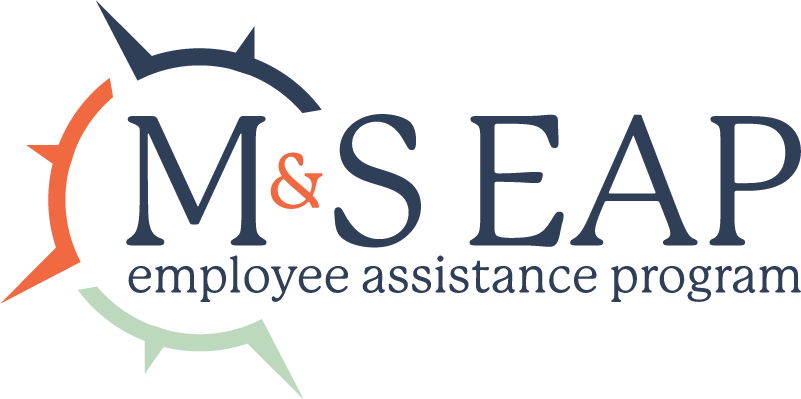Handling the Messy Stuff – And Beyond: From the (Virtual) Desk of Chuck Mazzitti

Once we have done our analysis and decided on a course of action, we need to put our plan into action. For many of us, this will involve cutting expenses. For those of us in service industries, our largest expense is our employees.
One of the most difficult – and painful – things that we have to do as employers is laying off or furloughing employees. What makes this so difficult is the knowledge that we are in control of the employees’ jobs, and this will affect not only them but also impact the financial well-being of their families. There is no easy way to do this, but there are a few things you can do to prepare for it.
1) Arrange to meet with the affected employee individually and in private.
2) Have a letter ready beforehand outlining the process going forward – accrued leave time issues, insurance coverage, applying for unemployment benefits, etc.
3) Practice what you want to say ahead of time to help prepare. Try to anticipate any questions you believe you may get. Consider having an additional manager present, if possible, to confirm details of the meeting.
4) Give the employee information about resources that may help them with this transition: the Employee Assistance Program (EAP) should be a primary consideration, as well as any community based programs and services that are appropriate.
5) Do not lay off or furlough employees on a Friday at the end of the day. Earlier in the week, and earlier the day, will give the employees time to get in touch with their support systems – family, unemployment benefit services, the EAP, and other resources.
After the identified employees are furloughed or laid off, there is still the immediate need to deal with all of the remaining employees. What do you tell them? When, and how? For that answer, I believe Lee Iacocca said it best.
“The formula for delivering bad news is easy, even if the execution is usually painful. Here is the formula: Tell it first. Tell it straight. Tell it all.”
Why is this so important? Because staff terminations create anxiety and uncertainty. Those two emotions compound the already heightened anxiety created by the COVID-19 pandemic. We can help by giving them the facts about what is happening, and some sense of what the plan will be going forward. People can deal with things if they know the truth. They can analyze, plan and move ahead. Without facts they will fill in the blanks with fantasy, and it is almost always negative. “When are the next round of layoffs?” “I heard the company is going under.” “Our department is next on the chopping block.” By giving the staff as much information as we can, there will be less opportunity for them to be impacted by negative rumors and conspiracy theories. In the age of constant connectedness, being as direct and honest as you can becomes even more imperative.
So – delivering bad news is better than delivering no news at all.
Keep in mind that this is a process, not a one-time event. You will need to keep the lines of communication as open as possible going forward. Failure to do so creates a vacuum that employees will fill in with projection.
Your staff needs leadership. They need to know they can count on you. They need to know that you care about them, their careers, and their families. The way you handle things now will lay the foundation for what happens after we get through this.
These are difficult and challenging times. As daunting as all this is, the most important thing right now is what we do about it.



